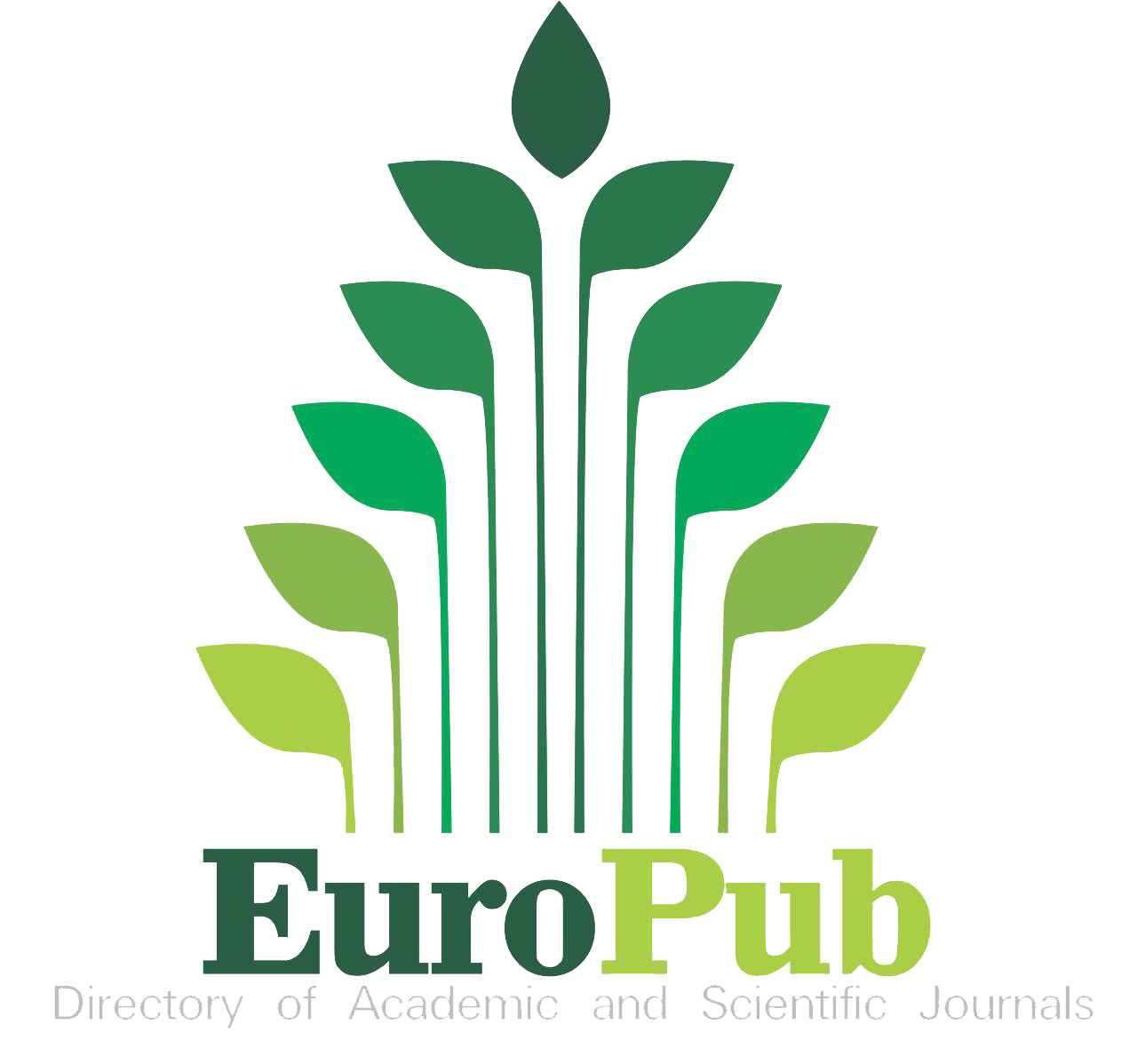Teaching Pantomime for Elementary Students
DOI:
https://doi.org/10.56724/ardu.v1i2.70Keywords:
pantomime, learning support, teaching materialsAbstract
Background: The development of digital teaching materials is sought to help teachers in the learning process. solitary materials were selected and believed to be able to be teaching materials that could facilitate teachers in the learning process both synchronously and asynchronously. The learning material referred to in the research is mime material.
Purpose: this study aims to determine the extent of mime learning efforts for elementary school students.
Design and methods: This research belongs to the category of literature study research considering that the data sources mostly refer to document analysis. Documents were collected through various sources, including journals, books, online news media, and video documents related to pantomime.
Results: Pantomime learning for elementary school children is embedded by the government through a number of activity programs on the content of learning arts and culture.
Downloads
References
Asyary, H., & Syailendra. (2020). Pantomim di SD Pembangunan Laboratorium UNP Kegiatan Penyaluran Bakat Teater Siswa melalui Kegiatan Ekstrakurikuler. Jurnal Sendratasik, 9(1).
Beacham, R. C. (1991). The Roman theatre and its audience. Harvard University Press.
Brown, S. (2017). Proto-acting as a new concept: personal mimicry adn the origins of role playing. Humanities, 6(2), 43.
Gall, M. D., Gall, J. P., & Borg, W. R. (2003). Educational Research: An Introduction. Pearson Education.
Ghufron. (2008). Revolusi Industri 4.0: Tantangan, Peluang, dan Solusi bagi dunia pendidikan. Seminar Nasional Dan Diskusi Panel Multidisiplin Hasil Penelitian Dan Pengabdian Kepada Masyarakat.
Illiev, Al. (2014). Towards a Theory of Mime. Routledge.
Haerudin, D., & Helmanto, F. (2019). Aplikasi Role-Play melalui teknik Olah tubuh Imaji. DIDAKTIKA TAUHIDI: Jurnal Pendidikan Guru Sekolah Dasar, 6(2), 105-112.
Jayul, A., & Irwanto, E. (2020). Model Pembelajaran Daring Sebagai Alternatif Proses Kegiatan Belajar Pendidikan Jasmani di Tengah Pandemi Covid-19 Achmad. Jurnal Pendidikan Kesehatan Rekreasi, 6(2), 190–199.
Kayiatos, A. (2010). Sooner speaking than silent, sooner silent than mute: Soviet deaf theatre and pantomime after Stalin. Theater Survey, 51(1), 5–31.
Lathifah, Z. K., Helmanto, F., & Maryani, N. (2020). The practice of effective classroom management in COVID-19 time. International Journal of Advanced Science and Technology, 29(7), 3263–3271.
Nasucha, M., & Moenawar, M. G. (2020). COVID-19, asimetri dan keterbukaan informasi publik. In Media, komunikasi dan informasi di masa pandemi Covid-19 (pp. 74–93). MBridge Press.
Sabri, I. (2019). Peran Pendidikan Seni Di Era Society 5 . 0 untuk Revolusi Industri 4.0. Seminar Nasional Pascasarjana 2019, 2(1), 342–347. https://proceeding.unnes.ac.id/index.php/snpasca/article/view/302
Saifuddin. (2017). PENGEMBANGAN BAHAN AJAR MATERI LARI SISWA SEKOLAH DASAR. Jurnal Penjaskesrek, 4(1), 10–20.
Sartika, L. D. (2013). Pengaruh Pemutaran Video Pantomim “Daily Activity” untuk Meningkatkan Kemampuan Menyimak Bagi Siswa Tuna Rungu Tingkat Dasar Kelas IV: Studi Eksperimen dengan desain “One Group Pretest Postest Design” di SLB Sindang Sari Ciamis. Universitas Pendidikan Indonesia.
Sastrawan, K. B. (2016). Profesionalisme guru dalam upaya meningkatkan mutu pembelajaran. Jurnal Penjaminan Mutu, 2(2), 65–73.
Syamsuar, & Reflianto. (2019). Pendidikan dan tantangan pembelajaran berbasis teknologi informasi di era revolusi industri 4.0. E-Tech: Jurnal Ilmiah Teknologi Pendidikan, 6(2)
Downloads
Published
How to Cite
Issue
Section
License
Copyright (c) 2021 Nuryansyah Adijaya

This work is licensed under a Creative Commons Attribution 4.0 International License.
Authors who publish with this journal agree to Copyright notice.











